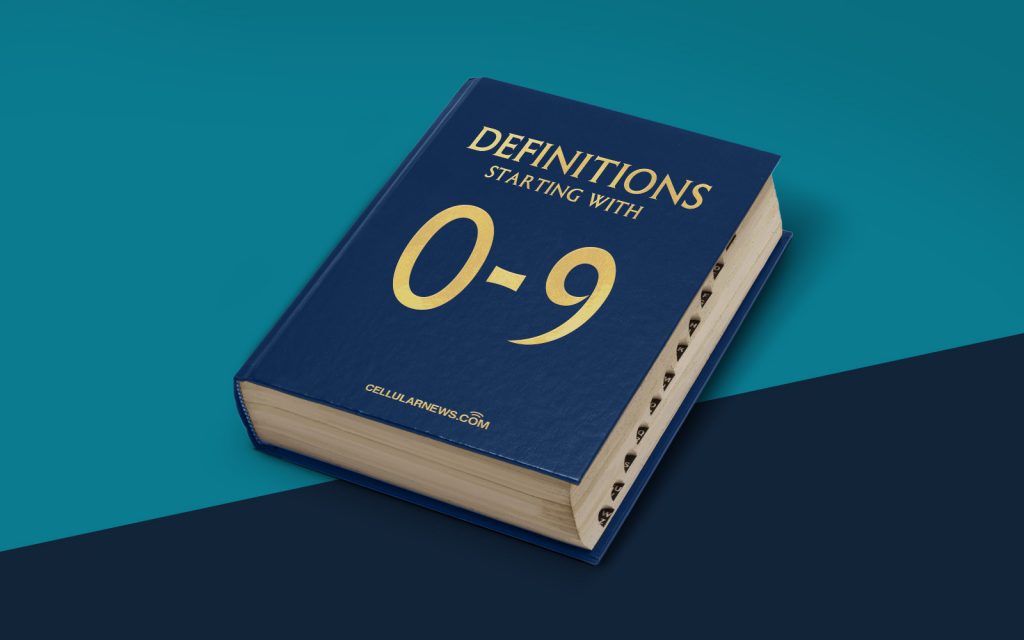
What is 1080 Interlaced (1080i)? A Definition
Welcome to the “Definitions” category of our blog! In this series, we aim to demystify various terms related to technology, media, and more. Today, let’s delve into the world of video resolutions with a focus on 1080 interlaced or 1080i.
When it comes to video quality, 1080i is a term that often crops up. You might have seen it mentioned on your TV or heard it being discussed at a tech conference. But what exactly does it mean? Let’s break it down!
Key Takeaways:
- 1080i refers to a video resolution commonly associated with high-definition (HD) content.
- The “i” in 1080i stands for “interlaced,” which is a method of displaying video frames.
Now that we have our key takeaways, let’s dive deeper into the explanation. 1080i is a video resolution that stands for 1080 lines of vertical resolution. This resolution is commonly associated with high-definition (HD) content, providing crisp and detailed visuals.
The “i” in 1080i stands for “interlaced,” and it refers to a specific method of displaying video frames. In interlaced video, each frame consists of two separate fields: odd lines and even lines. These two fields are displayed alternately, with odd lines shown first, followed by even lines. They are then blended together in real-time to create a complete frame.
Now, you might be wondering, why interlacing? Interlaced video was initially introduced to optimize the transmission and display of video signals in the early days of television broadcasting. By breaking down each frame into two separate fields, interlacing allowed for smoother playback on cathode ray tube (CRT) TVs, which were prevalent during that time.
However, as technology advanced and newer display technologies like LCD, LED, and OLED emerged, interlacing started to show its limitations. These newer displays operate using progressive scanning, where each frame is displayed sequentially without interlaced fields. This results in sharper and more detailed images, especially when capturing fast-moving action or displaying text.
That being said, 1080i still has its applications today, particularly in broadcasting and television productions. Some broadcast networks still use interlaced formats, and certain older video content is also encoded in 1080i.
Key Takeaways:
- 1080i refers to a video resolution commonly associated with high-definition (HD) content.
- The “i” in 1080i stands for “interlaced,” which is a method of displaying video frames.
To summarize, 1080i is a video resolution that offers high-definition quality with 1080 lines of vertical resolution. The “i” in 1080i stands for interlaced, a method of displaying video frames by alternating odd and even lines. While newer display technologies favor progressive scanning for sharper images, interlaced formats like 1080i still have their place in certain broadcasting and archival scenarios.
So the next time you come across the term 1080i, you’ll have a clear understanding of what it means and how it relates to video resolutions. Stay tuned for more intriguing definitions in our “Definitions” blog category!
